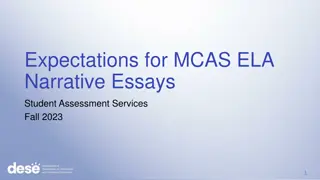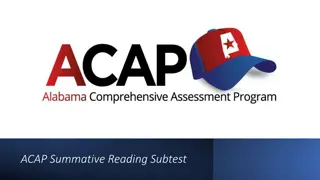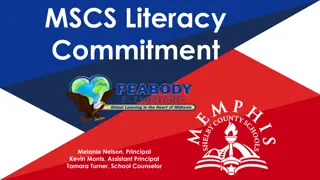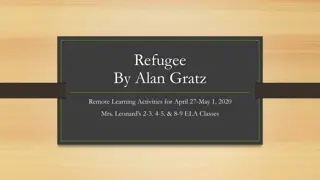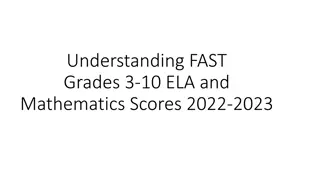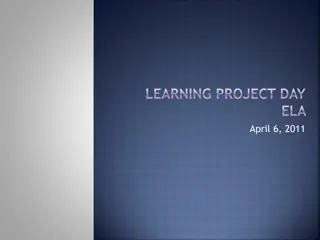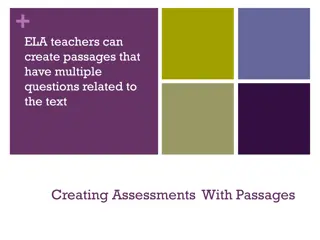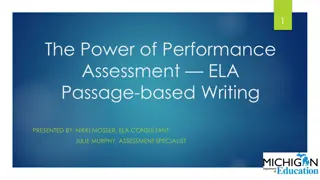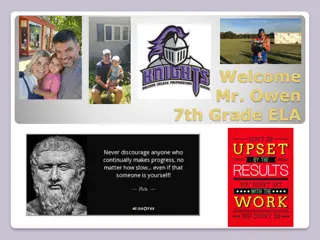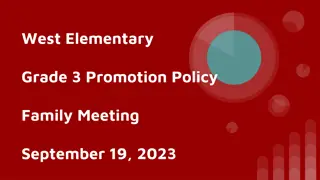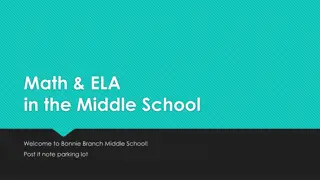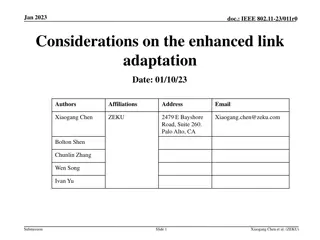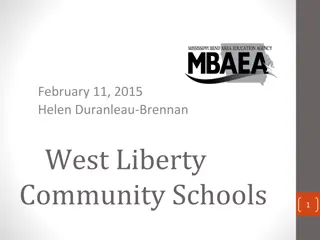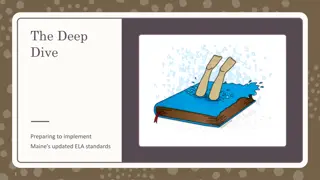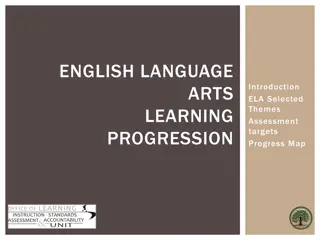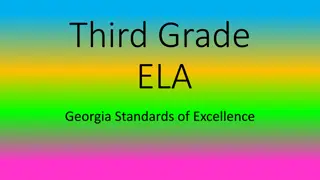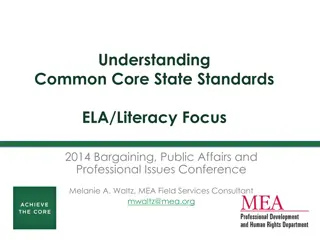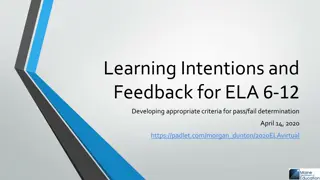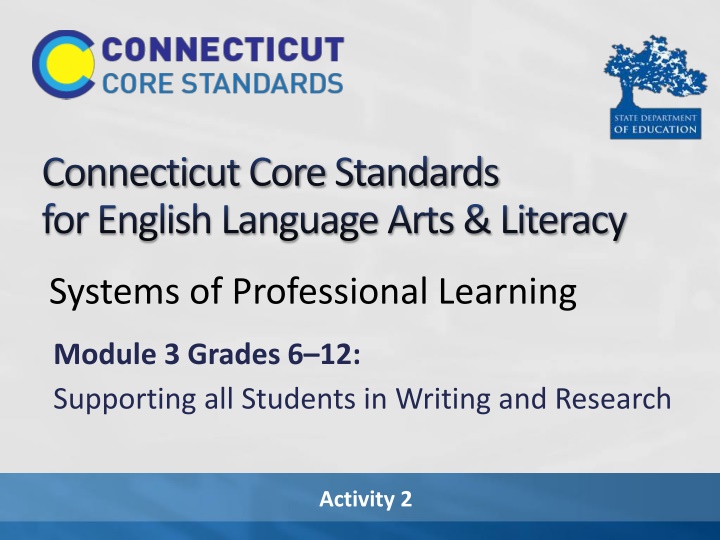
Supporting Students in Writing & Research: CCS ELA Literacy Standards
Explore the Connecticut Core Standards for English Language Arts & Literacy, focusing on writing, research, and building knowledge. Discover the anchor standards, text types, purposes, and more to enhance students' writing skills.
Download Presentation

Please find below an Image/Link to download the presentation.
The content on the website is provided AS IS for your information and personal use only. It may not be sold, licensed, or shared on other websites without obtaining consent from the author. If you encounter any issues during the download, it is possible that the publisher has removed the file from their server.
You are allowed to download the files provided on this website for personal or commercial use, subject to the condition that they are used lawfully. All files are the property of their respective owners.
The content on the website is provided AS IS for your information and personal use only. It may not be sold, licensed, or shared on other websites without obtaining consent from the author.
E N D
Presentation Transcript
Connecticut Core Standards for English Language Arts & Literacy Systems of Professional Learning Module 3 Grades 6 12: Supporting all Students in Writing and Research Activity 2
Todays Session CCS Writing and Research Successes and Challenges Close Look at the Writing Standards Creating Claims and Writing Grounded in Evidence from Text Inquiry and Research in CCS ELA & Literacy Routine and Daily Writing Supporting Students in Writing Activity 2 11
Part 2 A Close Look at the Writing Standards Page 9 12
CCS ELA & Literacy Writing Standards 3 Text Types and Purposes Argument Explanation Narrative 3 Production and Distribution of Writing (writing process) 2 Research + 1 Evidence from Text 1 Range of Writing Activity 2 13
Common Core: Anchor Standards Text Types and Purposes* 1. Write arguments to support claims in an analysis of substantive topics or texts, using valid reasoning and relevant and sufficient evidence. 2. Write informative/explanatory texts to examine and convey complex ideas and information clearly and accurately through the effective selection, organization, and analysis of content. 3. Write narratives to develop real or imagined experiences or events using effective technique, well-chosen details, and well-structured event sequences. Production and Distribution of Writing 4. Produce clear and coherent writing in which the development, organization, and style are appropriate to task, purpose, and audience. 5. Develop and strengthen writing as needed by planning, revising, editing, rewriting, or trying a new approach. 6. Use technology, including the Internet, to produce and publish writing and to interact and collaborate with others. Activity 2 14
Common Core: Anchor Standards Research to Build and Present Knowledge 7. Conduct short as well as more sustained research projects based on focused questions, demonstrating understanding of the subject under investigation. 8. Gather relevant information from multiple print and digital sources, assess the credibility and accuracy of each source, and integrate the information while avoiding plagiarism. 9. Draw evidence from literary or informational texts to support analysis, reflection, and research. Range of Writing 10. Write routinely over extended time frames (time for research, reflection, and revision) and shorter time frames (a single sitting or a day or two) for a range of tasks, purposes, and audiences. *These broad types of writing include many subgenres. See Appendix A for definitions of key writing types. Activity 2 15
Text Types and Purposes 1. Write arguments to support claims in an analysis of substantive topics or texts, using valid reasoning and relevant and sufficient evidence. 2. Write informative/explanatory texts to examine and convey complex ideas and information clearly and accurately through the effective selection, organization, and analysis of content. 3. Write narratives to develop real or imagined experiences or events using effective technique, well- chosen details, and well-structured event sequences. Activity 2 16
Activity 2: Types of Writing in CCS-ELA & Literacy Standards Activity 2: Types of Writing in CCS-ELA & Literacy Standards 1. Select a facilitator, timekeeper, recorder, and reporter. 2. Read about one type of writing in Appendix A. 3. Read once to get the gist. 4. Read a second time to focus on guiding questions and render the text. 5. Share and explain. 6. Answer questions and report out. Pages 9-11 Activity 2 17
Text Rendering Protocol Read one section: Argument (p. 23) Informational/Explanatory (p. 23) Narrative [and Creative] (pp. 23 24) Special Place of Argument (pp. 24 25) Record a significant sentence, a phrase, and a word related to: The purpose of this type of writing Important ideas from your section Take turns sharing with your group, then together, answer the questions in the Participant Guide. Page 49 Activity 2 18
Share Out What is one significant or interesting point your group discussed? How do these standards differ from previous writing standards? How might you use the Text Rendering Protocol with colleagues or in the classroom? Activity 2 19
How are the Connecticut Core Writing Standards Different? Rigorous content Higher-order thinking skills Performance-based activities, integrated literacy across content areas Emphasis on informational text, research, and media and digital skills Connections to Reading, Speaking and Listening, and Language Standards Emphasis on evidence-based writing Activity 2 20

